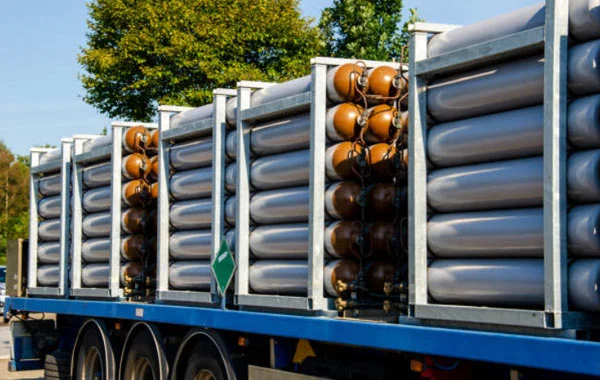Composite Cascades and Aerospace Components

In the aerospace and transportation industry, composite materials have revolutionized the design and functionality of various components, leading to significant improvements in performance, weight reduction, and overall efficiency.
Composite Cascades and Aerospace Components
Composite cascades are a specific application of these advanced materials, offering crucial benefits in aerospace systems. This draft explores the concept of composite cascades, their use in aerospace components, and the advantages they provide.
Composite cascades are systems or assemblies that use composite materials to manage and optimize the flow of gases or fluids. In aerospace applications, they are often employed in the context of propulsion systems, such as turbojet and turbofan engines, where controlling airflow is critical to performance.
Why to choose Composite Cascades and Aerospace Components?
Choosing composite cascades and aerospace components offers numerous benefits, including weight reduction, high strength-to-weight ratios, design flexibility, durability, and improved performance. These advantages contribute to enhanced efficiency, safety, and cost-effectiveness in aerospace systems, making composites a preferred material choice for modern aerospace engineering. Their ability to support advanced designs and technologies further solidifies their role in the ongoing evolution of aerospace technology.
Improved Payload Capacity
High Strength-to-Weight Ratio
Advanced Propulsion Systems
Durability and Longevity
Innovation and Competitive
Cost-Effectiveness and Safety
Features of Composite Cascades
- Lightweight Construction
- High Strength-to-Weight Ratio
- Complex Geometries
- Corrosion Resistance
- Fatigue Resistance
- Design Flexibility
- Thermal Resistance
Features of Aerospace Components
- Durability and Longevity
- Aerodynamic Efficiency
- Advanced Manufacturing Techniques
- Impact Resistance
- Thermal Insulation
- High Performance
- Customizable Design
Applications Using Composite Cascades and Aerospace Components

Marine Propulsion Systems

Industrial Applications

Transportation Industry

Defense and Military

Space Exploration




